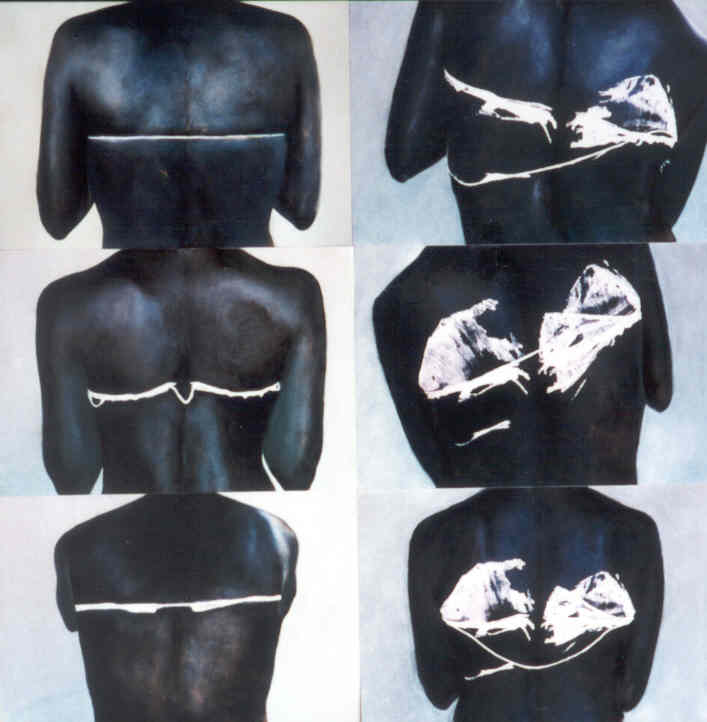I study meditation with two lamas, one from Tibet and one from Bhutan, who run a meditation center together; they love students to ask questions. For years, intimidated by their vast wisdom, I froze, unable to ask anything. But one day I wondered if they truly had no thoughts in their minds when they meditated. Was such a state humanly possible? I found the courage to speak up and the elder Lama Rinchen (in his eighties, from Tibet) replied with delight, “Yes, we meditate with no thoughts present.”
I was confounded and burst out, without thinking, “But, how do you do that?”
“Easy,” Lama Tempa from Bhutan, in his forties, replied. “There’s a technique.” He waited for me to inquire.
By now, I was riveted and had to know. “What’s the technique?” I asked.
Lama Tempa told me. “When in seated meditation, with your eyes half-closed, make the decision to stop your thoughts. Physically turn both eyes upward and inward, trying to look at your ‘third eye,’ the space between your eyebrows.”
How could it be so simple? I eagerly began. At first, my eye muscles got sore when I pushed them into this odd position. But, like all exercise, soon my upper face adjusted and I became able to accomplish the deed for short periods of time.
Sure enough, it was like an electrical switch. Go cross-eyed, thoughts disappeared. And what I saw in the empty space boggled my absent mind: colors like the aurora borealis, rich navy blue swirled with lime green, magenta and soft pink. I felt joyful and at ease. Finally, I thought, enlightenment.
Several months later, I told Lama Tempa about these happy visual adventures. “Ah, yes,” said the lama. “It is nice. But you have not yet arrived. Bliss is not the answer, just a place to rest along the way. Stopping the monkey mind is pointless without developing compassion for all beings.”
That was a little harder.
TO BE CONTINUED in Part 2
